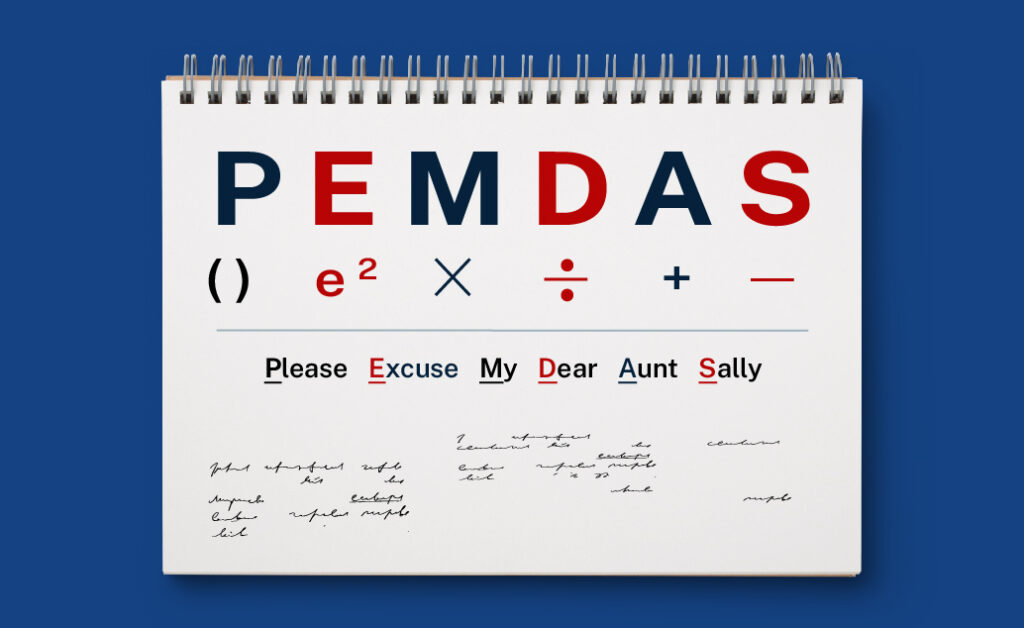
Young students retaining information taught in the classroom is declining. There are many theories as to why, such as mindless social media overload, distractions, lack of effort, little-to-no note taking, no homework reinforcement, food chemicals and a host of others. No matter the source, the fact remains that many students struggle with memory, and it’s a big deal.
According to Bloom’s Taxonomy, memory is the first level of comprehension, right before understanding. How can students understand what they can’t remember? The truth is that they can’t, which makes it a struggle to move onto more complex skills, like applying knowledge and analyzing. This results in teachers constantly repeating the same lessons and teaching below grade level, while students get frustrated, especially if they see their grades suffering.
Rote memorization has become taboo as an instruction technique. But research shows that memorization and repetition increase focus, improve time management and even build confidence. Memorization is also an unavoidable part of learning what’s needed to enter several professions, such as jobs in the healthcare or medical fields. Making time to reincorporate this strategy in classrooms can be worthwhile.
So, what can teachers and parents do to enhance student memory so they can reach the next levels of comprehension and achieve their highest levels of intellectual potential?
- Have students write a paragraph and memorize it. They can recite it in groups, with parents or with the teacher. This will improve information retainment, summarization, communication and confidence.
- Students can create mnemonic devices to help them remember important dates, formulas, definitions or skills. Doing this will also allow them to use Bloom’s highest level of knowledge, which is to create. This way students can choose their own way to memorize with familiar words to act as mnemonic devices that they can relate to.
- Music is another way to strengthen memory. Think about how we all learned the alphabet as a song. We learned nursery rhymes through song. Students can create a beat, put some rhymes on paper having to do with what they are learning and memorize it.
- Turn memorization into a competition. Students can compete to have the songs they create posted in the school hallway, read over the school’s intercom or published in the school paper. Or have all your students memorize something and challenge them to see who can recite it most accurately or with the most spirit.
Bringing memorization skills back to the classroom is not a step back in education, but a realization that this skill has always been necessary. If it worked for the days of old, it can work today. Remember (no pun intended) the quote, “If it’s not broke, then don’t fix it.”
Become the educator you want to be with the education programs at American College of Education.

